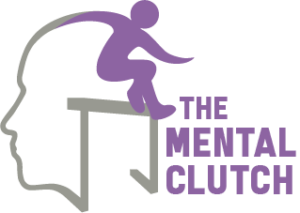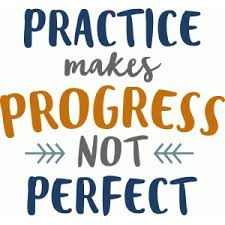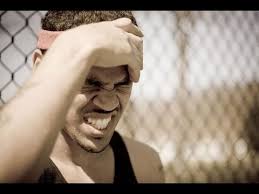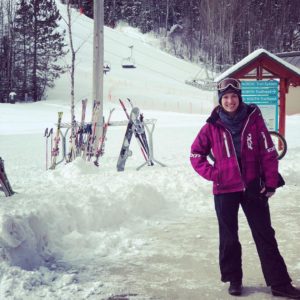First of all I apologize for being gone for a while from blogging. I have been meaning to blog but have been busy getting ready for my Strong by Zumba training and practicing my routine for my pop up class that is TOMORROW!
What exactly is Strong by Zumba? Learn more about at the website below or watch my practice video teaser:
https://strong.zumba.com/en-US/class
If you are able to attend a class or training I highly recommend it! The training was my first experience attending this class and I loved it!
I know what you might be thinking:
“You did a training for a class you have never done before and now you have 7 days to learn it before you TEACH it?”
Yes that is correct. I have learned with mental training though that it does not help to think of what could go wrong. Instead I need to focus on what could go right and work from there. What this will require is a LOT of practice. Now it doesn’t help when you promote your pop up class online and someone comments:
“I tried to learn it in 8 days after my training and I was co-teaching with someone… Good luck!”
Whatever goal you are working towards, won’t there always be people who don’t believe it will happen or choose to focus on the struggles instead of the possibilities? I needed to shrug it off and use it as motivation to prove to myself that I can do it successfully.
Since I know that preparation builds confidence I knew I needed to be as prepared as possible. I pulled out my calendar and broke down which quadrant I would practice which days. Strong by Zumba layout consists of 6 parts:
1) Warm-up
2) Quadrant 1
3) Quadrant 2
4) Quadrant 3
5) Quadrant 4
6) Cool down
Each quadrant is about 10 minutes in length consisting of around 3 different songs. I created my practice plan and broke it down like so:
Sunday: Practice Warm-up
Monday: Practice Q1
Tuesday: Practice Q2
Wednesday: Practice Q3
Thursday: Practice Q4
Friday: Practice Cool down
Saturday: PRACTICE PRACTICE PRACTICE
This would be my layout for understanding what days to focus on which parts. I set time aside each morning to review the moves, listen to the music, and image myself doing the moves on my way to and from work. I would also practice in the evening if possible. So far it’s been working out pretty well. If I focus on the process and spend my time learning and practicing the moves I won’t have time to freak out ad be nervous about my dwindling days before instructing.
Throughout the week while practicing this quote popped into my head often, “Practice makes perfect.”
That got me thinking… Does it really though? I think not. I think practice make PROGRESS. There’s no such thing as perfection in my book. If you think you have “perfected” something then you’re saying that there is no more room for improvement. This mean there is no more motivation and drive to continue to get better. Do we really want that?
I’ll explain further in this analogy of climbing a mountain:
As you work on a new skill or goal it is similar to climbing up a mountain. At first you start at the bottom and as you improve you make gains further up the mountain. There will be times you need to stop for a rest, refuel, and take the time to reflect on how far you have come. What happens though when you think you have perfected a skill? You have reached the top of the mountain. You celebrate and feel ecstatic at first, but what happens next?
You have two options:
1) Stay on top as long as possible.
2) Climb back down the mountain.
Here’s the issue though:
If you stay on top of the mountain factors out of your control may push you down before you want to (such as another person who challenges you or the wind picks up and knocks you down). Climbing back down the mountain also means you have moved on and you are now descending and/or backsliding where you came from.
What if we changed our perception though? What if you continue to strive for progress and choose not to believe in perfection? This will extend the mountain to have no end and you can continue to keep climbing.
A never ending mountain sounds exhausting to climb, but it will continue to motivate you to grow, push your limits, and instill determination to keep getting better and to become grittier. If you view improving on a skill as continued progress instead of reaching perfection, then you will be continuing to climb that mountain instead of focusing on reaching the top.
After all didn’t Miley Cyrus say, “It’s the climb.”
As a society we should stop saying, “Practice makes perfect.” When we say this we are encouraging our kids, friends, athletes, and others around us to strive for something that is not possible. We do not want to lead people to believe that they can become perfect because the idea of perfection is actually damaging.
We want to build strong people around us to continue to strive for progress and not quit once they believe they have progressed to the point where they are content where they are. They will become stagnant and possibly slide backwards. We want motivated people who keep pushing themselves to seek new and better ways for improvement. Think of the effect this would have in your workplace, your team, your spouse, and in your friendships.
Lets all agree as a society to start saying, “Practice makes progress,” and encourage others and ourselves to continue to progress in everything we do and to not settle!
As for now, I’m going to continue to practice my routine even after I have it memorized because there will always be ways I can improve on my delivery and my form for myself and the students in my class.
Hope you all have a great weekend and checkout a Strong by Zumba class is possible!







